So you want to learn about candlestick patterns that show up during bearish reversals, huh?
Smart choice.
If you can identify a bearish reversal early enough, you find opportunities for winning trades. These patterns can help you do just that.
Bearish Reversal Candlestick Patterns
- Bearish Abandoned Baby
- Bearish Counterattack Lines
- Evening Doji Star
- Bearish Engulfing
- Bearish Harami
- Bearish Harami Cross
- Evening Star
- Three Inside Down
- Three Outside Down
- Tweezer Top
Identifying Bearish Candlestick Reversal Patterns
Candlestick patterns that signal bearish reversal are very distinct.
Not only do they signal a potential change in market conditions, they also imply a direction.
Of course, they do not guarantee that the uptrend is going to become a downtrend. Instead, they are more like a warning sign or omen.
In fact, most candlestick patterns hover around a 50% hit rate. So they are not a “sure thing” by any means. Still, they are one of the most popular trading tools for a reason.
Even when they fail, they can act as a indication of the opposite. That’s one reason why it is helpful to learn about all of the types of candlestick patterns—including bearish continuation patterns, bullish reversal patterns, and bullish continuation patterns.
More than anything, it might be best to look at them as inflection points.
Plus, learning about them increases your overall understanding of price action.
This is technical analysis, after all.
It may not be easy but it is lucrative.
Bearish Abandoned Baby
A bearish abandoned baby pattern is a 3-candlestick formation that may signal a bearish reversal.
It may appear during an uptrend and is made up of a large bullish candle, a doji that gaps up, and a large bearish candle that gaps down.
In trading terms:
- During the first period, the price continued the pre-existing uptrend.
- The second period opened with a gap up, after which neither the bulls nor the bears were able to maintain control.
- The third period opened with a gap back down and continued decreasing, threatening the pre-existing uptrend.
Bearish abandoned baby patterns show that the bulls attempted to press their advantage on candle one, stalled on candle two, and finally surrendered momentum to the bears on candle three.
Pattern Type: Bearish Reversal
Number of Candlesticks: 3
Looks Like/Narrative Meaning: U-turn or counterpunch
Technical Specifications***
Technically, a bearish abandoned baby pattern must:
- Appear during an uptrend
- Begin with a bullish long candle
- Have a doji as the second candle
- Have gaps before and after the doji
- End with a bearish long candle of similar size to the first candle
In practicality though, many traders will make various exceptions.
- The first and third candles can be different lengths, as long as they are both long line candles and/or test important price levels.
- The second candle doesn’t necessarily have to be a doji, as long as it is a short line candle.
- The gaps can go, especially in markets where gaps are less common like cryptocurrency.
- There can be more than one doji (or short candle) between the first and final candlestick.
***Depending on who you ask, any of these standards may be more or less important. Moreover, some of these variations may be more properly classified as other reversal candlestick patterns, such as the evening star or evening doji star.
Related Patterns:
- Similar to Evening Doji Star Pattern
- Similar to Evening Star Pattern
- Subtype of Abandoned Baby Pattern
- Opposite of Bullish Abandoned Baby Pattern
For more detail, read our full breakdown on Trading Bearish Abandoned Baby Candlestick Patterns.
Bearish Counterattack Lines
A bearish counterattack line pattern is a 2-candlestick formation that may signal a bearish reversal.
It may appear during an uptrend and is made up of a large bullish candle followed by a large bearish candle that opens with a large gap up then moves lower, filling the gap to close near the first candle’s close.
In trading terms:
- During the first period, price continued the pre-existing uptrend.
- The second period opens with a gap up but price moves back down, immediately filling the gap and ending with a similar close to the following period.
Bearish counterattack line patterns show that the bulls attempted to press their advantage on candle one, continued to do so between candles, but then lost all momentum by the close of candle two.
Pattern Type: Bearish Reversal
Number of Candlesticks: 2
Looks Like/Narrative Meaning: a turning point or drawing of battle lines
Technical Specifications***
Technically, a bearish counterattack line pattern must:
- Appear during an uptrend
- Begin with a bullish long candle
- End with a bearish long candle of similar size to the first candle
- Have both candles’ closes at approximately the same price
- Completely fill the gap by end of the second candle
In practicality though, many traders will make various exceptions.
- The candles don’t necessarily have to be long candles, as long as they are the same size.
- The candles don’t necessarily have to be the same size, as long as they are long candles.
- It can take two candles to fill the gap, as long as the combined length of the second and third candles equals the length of the first.
***Depending on who you ask, any of these standards may be more or less important. The only real non-negotiables are the direction of the candles and the immediate gap fill. Moreover, some of these variations may be more properly classified as other bearish candlestick patterns.
Related Patterns:
- Similar to Bearish In Neck Pattern
- Similar to Bearish On Neck Pattern
- Subtype of Counterattack Lines Pattern
- Opposite of Bullish Counterattack Lines Pattern
For more detail, read our full breakdown on Trading Bearish Counterattack Lines Candlestick Patterns.
Evening Doji Star
An evening doji star pattern is a 3-candlestick formation that may signal a bearish reversal.
It may appear during an uptrend and is made up of a large bullish candle followed by a doji and a large bearish candle.
In trading terms:
- During the first period, price continued the pre-existing uptrend.
- During the second period, neither side was able to maintain control.
- During the third period, price moved back down, threatening the uptrend.
Evening doji star patterns show that the bulls attempted to press their advantage on candle one, stalled on candle two, and finally surrendered momentum to the bears on candle three.
Pattern Type: Bearish Reversal
Number of Candlesticks: 3
Looks Like/Narrative Meaning: U-turn or counterpunch
Technical Specifications***
Technically, an evening doji star pattern must:
- Appear during an uptrend
- Begin with a bullish long candle
- Have any doji other than a four-price doji as the second candle
- End with a bearish long candle of similar size to the first candle
- Contain no gaps
In practicality though, many traders will make various exceptions.
- The first and third candles can be different lengths, as long as they are both long line candles and/or test important price levels.
- The second candle doesn’t necessarily have to be a doji, as long as it is a short line candle.
- There can be more than one doji (or short candle) between the first and final candlestick.
***Depending on who you ask, any of these standards may be more or less important. Moreover, some of these variations may be more properly classified as other bearish candlestick patterns.
Related Patterns
- Similar to Bearish Abandoned Baby Pattern
- Similar to Evening Star Pattern
- Subtype of Doji Star Pattern
- Opposite of Morning Star Pattern
For more detail, read our full breakdown on Trading Evening Doji Star Candlestick Patterns.
Bearish Engulfing
A bearish engulfing candlestick pattern is a 2-candlestick formation that may signal a bearish reversal.
It may appear during an uptrend and is made up of a bullish candle and a large bearish candle that opens above and closes below the first, fully containing the trading range of the first.
In trading terms:
- During the first period, price continued the pre-existing uptrend.
- The second period opens with a gap up that is quickly filled as price proceeds to move back down below the opening price of the previous period.
Bearish engulfing candlestick patterns show that the bulls attempted to press their advantage on candle one, continued to do so between candles one and two, but then completely lost the momentum by the end of candle two.
Pattern Type: Bearish Reversal
Number of Candlesticks: 2
Looks Like/Narrative Meaning: dam break or counterpunch
Technical Specifications***
Technically, a bearish engulfing candle pattern must:
- Appear during an uptrend
- Begin with a bullish candle
- End with a bearish long candle
- Have the first candle’s body contained completely within the body of the second
In practicality though, many traders will make various exceptions.
- The first candle can be a neutral candle (ie. a doji), as long as it is fully contained within the body of the second.
- The first candle can move against trend, as long as it is fully contained within the body of the second.
- The second candle doesn’t necessarily have to be a long candle, as long as it fully contains the body and wicks of the first.
- The open of the second candle can be even with the close of the first candle, especially in markets where gaps are less common like cryptocurrency.
***Depending on who you ask, any of these standards may be more or less important. Moreover, some of these variations may be more properly classified as other bearish candlestick patterns.
Related Patterns
- Precursor of Three Outside Down Pattern
- Subtype of Engulfing Candlestick Pattern
- Opposite of Bullish Engulfing Pattern
For more detail, read our full breakdown on Trading Bearish Engulfing Candlestick Patterns.
Bearish Harami
A bearish harami pattern is a 2-candlestick formation that may signal a bearish reversal.
It may appear during an uptrend and is made up of a large bullish candle followed by a small bearish (or neutral) candle. The trading range of the second candle must be completely contained within the body of the first.
In trading terms:
- During the first period, price continued the pre-existing uptrend.
- Before the second period opened, price moved lower, opening within the range of the prior candle body.
- During the second period, price continued to move lower to a modest degree, closing within the range of the prior candle body.
Bearish harami patterns show that the bulls attempted to press their advantage on candle one, lost momentum between candles, and fully stalled out by the close of candle two.
Pattern Type: Bearish Reversal
Number of Candlesticks: 2
Looks Like/Narrative Meaning: birth of a counter-trend or counter-trend incubator
Technical Specifications***
Technically, a bearish harami pattern must:
- Appear during an uptrend
- Begin with a bullish long candle
- End with a bearish short candle
- Have the second candle’s body and wicks contained completely within the body of the first
In practicality though, many traders will make various exceptions.
- The first candle doesn’t have to be a long candle, as long as it is bullish and contains the second candle.
- The second candle doesn’t have to move against trend as long as it is neutral and/or very small (ie. a doji).
- The second candle’s wicks don’t have to be contained within the body of the first, as long as its body is.
- The open of the second candle can be even with the close of the first candle, especially in markets where inside candles are less common like cryptocurrency.
- If additional, consecutive candles after the second candle remain contained within the body of the first candle, all would be included in the harami pattern.
***Depending on who you ask, any of these standards may be more or less important. Moreover, some of these variations may be more properly classified as other bearish candlestick patterns.
Related Patterns
- Similar to Bearish Harami Cross Pattern
- Precursor of Three Inside Down Pattern
- Subtype of Harami Pattern
- Opposite of Bullish Harami Pattern
For more detail, read our full breakdown on Trading Bearish Harami Candlestick Patterns.
Bearish Harami Cross
A bearish harami cross pattern is a 2-candlestick formation that may signal a bearish reversal.
It may appear during an uptrend and is made up of a large bullish candle followed by an inside doji candlestick. The trading range of the second candle must be completely contained within that of the first.
In trading terms:
- During the first period, price continued the pre-existing uptrend.
- Before the second period opened, price moved lower, opening within the range of the prior candle body.
- During the second period, price stayed within the range of the prior candle body and closed at (or very near to) the open.
Bearish harami cross patterns show that the bulls attempted to press their advantage on candle one, lost momentum between candles, and fully stalled out by the close of candle two.
Pattern Type: Bearish Reversal
Number of Candlesticks: 2
Looks Like/Narrative Meaning: birth of a counter-trend or counter-trend incubator
Technical Specifications***
Technically, a bearish harami cross pattern must:
- Appear during an uptrend
- Begin with a bullish long candle
- End with a doji candlestick
- Have the second candle’s body and wicks contained completely within the body of the first
In practicality though, many traders will make various exceptions.
- The first candle doesn’t have to be a long candle, as long as it contains the second candle and moves in the direction of trend.
- The second candle’s wicks don’t have to be contained within the body of the first, as long as the open and close are.
- The open and close of the second candle can be even with the close of the first candle, especially in markets where inside candles are less common like cryptocurrency.
- If additional, consecutive doji after the second candle remain contained within the body of the first candle, all would be included in the harami cross pattern.
***Depending on who you ask, any of these standards may be more or less important. Moreover, some of these variations may be more properly classified as other bearish candlestick patterns.
Related Patterns
- Similar to Bearish Harami Pattern
- Precursor of Three Inside Down Pattern
- Subtype of Harami Cross Pattern
- Opposite of Bullish Harami Cross Pattern
For more detail, read our full breakdown on Trading Bearish Harami Cross Candlestick Patterns.
Evening Star
An evening star pattern is a 3-candlestick formation that may signal a bearish reversal.
It may appear during an uptrend and is made up of a large bullish candle followed by a short candle and a large bearish candle.
In trading terms:
- During the first period, price continued the pre-existing uptrend.
- During the second period, neither side was able to gain much ground.
- During the third period, price moved back down, threatening the uptrend.
Evening star patterns show that the bulls attempted to press their advantage on candle one, stalled on candle two, and finally surrendered momentum to the bears on candle three.
Pattern Type: Bearish Reversal
Number of Candlesticks: 3
Looks Like/Narrative Meaning: U-turn or counterpunch
Technical Specifications***
Technically, an evening star pattern must:
- Appear during an uptrend
- Begin with a bullish long candle
- Have a short candle as the second candle
- End with a bearish long candle of similar size to the first candle
- Contain no gaps
In practicality though, many traders will make various exceptions.
- The first and third candles can be different lengths, as long as they are both long line candles and/or test important price levels.
- There can be more than one short candle between the first and final candlestick.
- There can be one or more gaps, as long as the overall structure remains the same.
***Depending on who you ask, any of these standards may be more or less important. Moreover, some of these variations may be more properly classified as other bearish candlestick patterns.
Related Patterns
- Similar to Bearish Abandoned Baby Pattern
- Similar to Evening Doji Star Pattern
- Subtype of Star Pattern
- Opposite of Morning Star Pattern
For more detail, read our full breakdown on Trading Evening Star Candlestick Patterns.
Three Inside Down
A three inside down pattern is a 3-candlestick formation that may signal a reversal.
It may appear during an uptrend and is made up of a large bullish candle followed by a shorter bearish (or neutral) inside candle and another bearish candle that closes below the open of the first candle.
In trading terms:
- During the first period, price continued the pre-existing uptrend.
- Before the second period opened, price moved lower, opening within the range of the prior candle body.
- During the second period, price moved lower to a modest degree, closing within the range of the prior candle body.
- During the third period, price continued moving lower, this time closing below the open of the first period.
Three inside down patterns show that the bulls attempted to press their advantage on candle one, suffered immediate pushback between candles one and two, and completely surrendered momentum over the course of candles two and three.
Pattern Type: Bearish Reversal
Number of Candlesticks: 3
Looks Like/Narrative Meaning: U-turn or counterpunch
Technical Specifications***
Technically, a three inside down pattern must:
- Appear during an uptrend
- Begin with a bullish long candle
- Have a bearish inside candle as the second candle
- End with a bearish candle that closes below the first candle’s open
In practicality though, many traders will make various exceptions.
- The first candle doesn’t necessarily have to be a long candle, as long as the second candle is a bearish inside candlestick.
- The second candle can be bullish, as long as it is an inside candle.
- The second candle’s wicks don’t necessarily have to be contained within the body of the first, as long as its body is.
- The open of the second candle can be even with the close of the first candle, especially in markets where inside candles are less common, like cryptocurrency.
- There can be more than one inside candle between the first and final candles, as long as the final candle closes below the first candle’s open.
***Depending on who you ask, any of these standards may be more or less important. Moreover, some of these variations may be more properly classified as other bearish candlestick patterns.
Related Patterns
- Extension of Bearish Harami
- Extension of Bearish Harami Cross
- Subtype of Three Inside Pattern
- Opposite of Three Inside Up Pattern
For more detail, read our full breakdown on Trading Three Inside Down Candlestick Patterns.
Three Outside Down
A three outside down pattern is a 3-candlestick formation that may signal a bearish reversal.
It may appear during an uptrend and is made up of a bullish candle followed by a large bearish engulfing candlestick and another bearish candle after that.
In trading terms:
- During the first period, price continued the pre-existing uptrend.
- Before the second period opened, price continued moving higher, creating a gap up open.
- During the second period, price moved dramatically lower, closing below the open of the first period.
- During the third period, price continued the downward movement of the period before.
Three outside down patterns show that the bulls attempted to press their advantage on candle one, continued to do so between candles one and two, but were completely upended by the end of candle two, and lost even more ground on candle three.
Pattern Type: Bearish Reversal
Number of Candlesticks: 3
Looks Like/Narrative Meaning: complete turnaround or devastating counterstrike
Technical Specifications***
Technically, a three outside down pattern must:
- Appear during an uptrend
- Begin with a (non-short) bullish candle
- Gap up to open the second candle
- Have a bearish long candle as the second candle that fully contains the first
- End with another bearish candle
In practicality though, many traders will make various exceptions.
- The first candle can be a short or neutral (ie. a doji), as long as it is fully contained within the body of the second.
- The first candle can be bearish, as long as it is fully contained within the body of the second.
- The second candle doesn’t necessarily have to be a long candle, as long as it fully contains the body and wicks of the first.
- The open of the second candle can be even with the close of the first candle, especially in markets where gaps are less common like cryptocurrency.
***Depending on who you ask, any of these standards may be more or less important. Moreover, some of these variations may be more properly classified as other bearish candlestick patterns.
Related Patterns
- Extension of Bearish Engulfing Candlestick Pattern
- Subtype of Three Outside Pattern
- Opposite of Three Outside Up Pattern
For more detail, read our full breakdown on Trading Three Outside Down Candlestick Patterns.
Tweezer Top
A tweezer top pattern is a 2-candlestick formation that may signal a bearish reversal.
It may appear during an uptrend and is made up of a large bullish candlestick followed by a large bearish candlestick where the top of the bodies and wicks of each candle match each other.
In trading terms:
- During the first period, price continued the pre-existing uptrend before pulling back below the high.
- During the second period, price moved back up until it reached the prior period’s high then fell back down near the open of the first period.
Tweezer top patterns show that the bulls attempted to press their advantage on candle one but surrendered the momentum over the course of candle two.
Pattern Type: Bearish Reversal
Number of Candlesticks: 2
Looks Like/Narrative Meaning: an about-face or price action 180
Technical Specifications***
Technically, a tweezer top pattern must:
- Appear during an uptrend
- Begin with a bullish long candle that has an upper wick, such as a bullish belt hold
- End with a bearish long candle that has an upper wick of approximately the same length as the first
In practicality though, many traders will make various exceptions.
- The second candle doesn’t necessarily have to be a long candle, as long as the wicks of both candles are even.
- The wicks of the two candles don’t necessarily have to match exactly, as long as both candles are long candles in which the open of the second matches the close of the first.
- The candles don’t necessarily have to have wicks, as long as the candle bodies are nearly identical in size.
***Depending on who you ask, any of these standards may be more or less important. Moreover, some of these variations may be more properly classified as other bearish candlestick patterns.
Related Patterns
- Subtype of Tweezers Pattern
- Opposite of Tweezer Bottom Pattern
For more detail, read our full breakdown on Trading Tweezer Top Candlestick Patterns.
Takeaways
As you can see, there are many different bearish candlestick reversal patterns.
Luckily, you don’t have to memorize them all to become a successful trader. Learning the principles of price action and technical analysis are far more important. However, studying candlestick patterns is one of the best ways to do so.
In the end, understanding candle patterns is but one piece of the trading puzzle. You’ll need more weapons at your disposal to understand how to win the battle of the charts. Still, by learning the different types of candlestick patterns, you’re one step closer to creating a complete trading strategy.
Know of an important candlestick pattern we missed? Have some special insight into trading a specific pattern? Contribute to the conversation in the comments below! Or, share this post with a trader it might help. And if you haven’t already, check out our Candlestick Patterns Guide to learn the best ways to trade candlestick patterns.

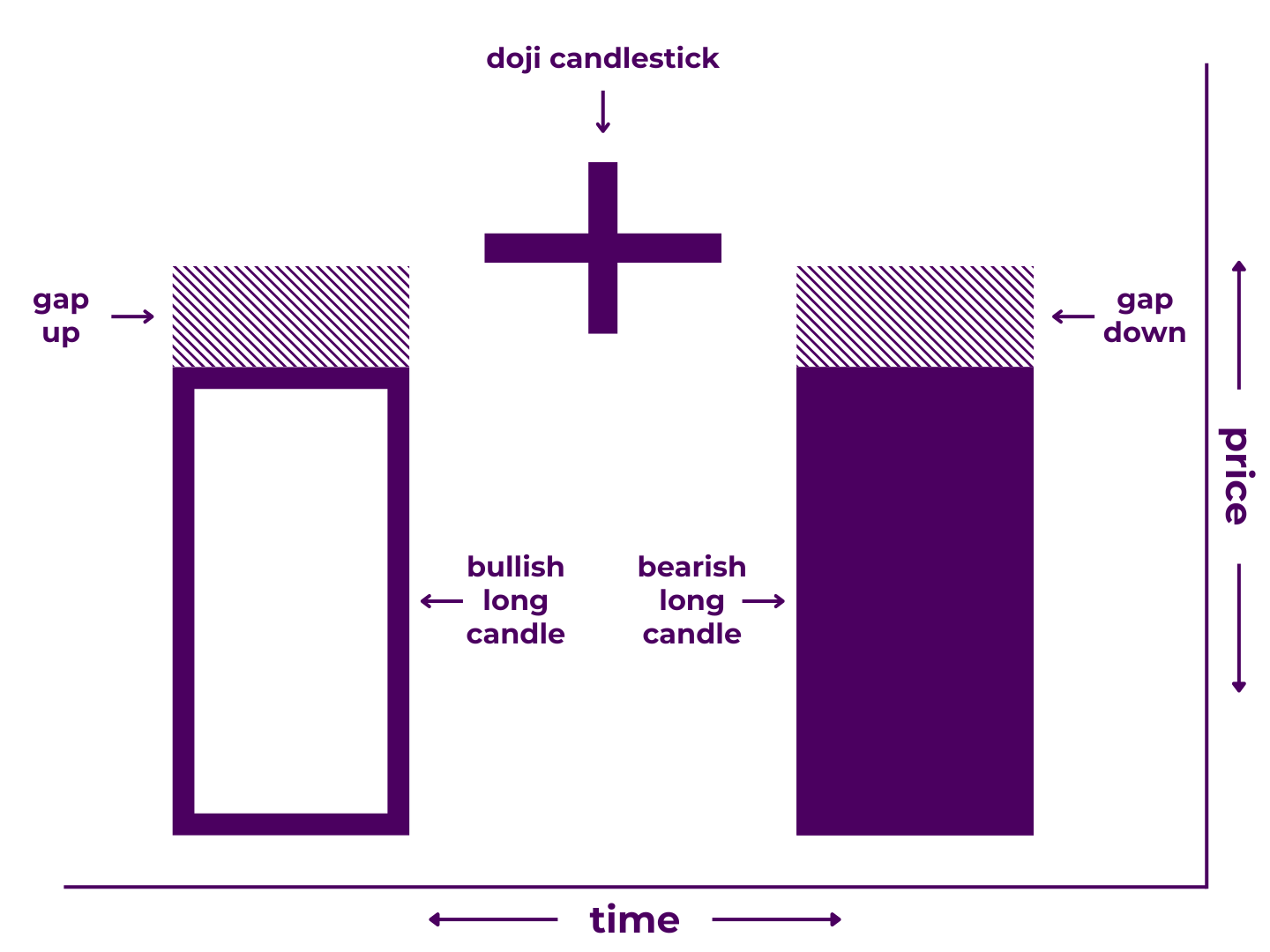
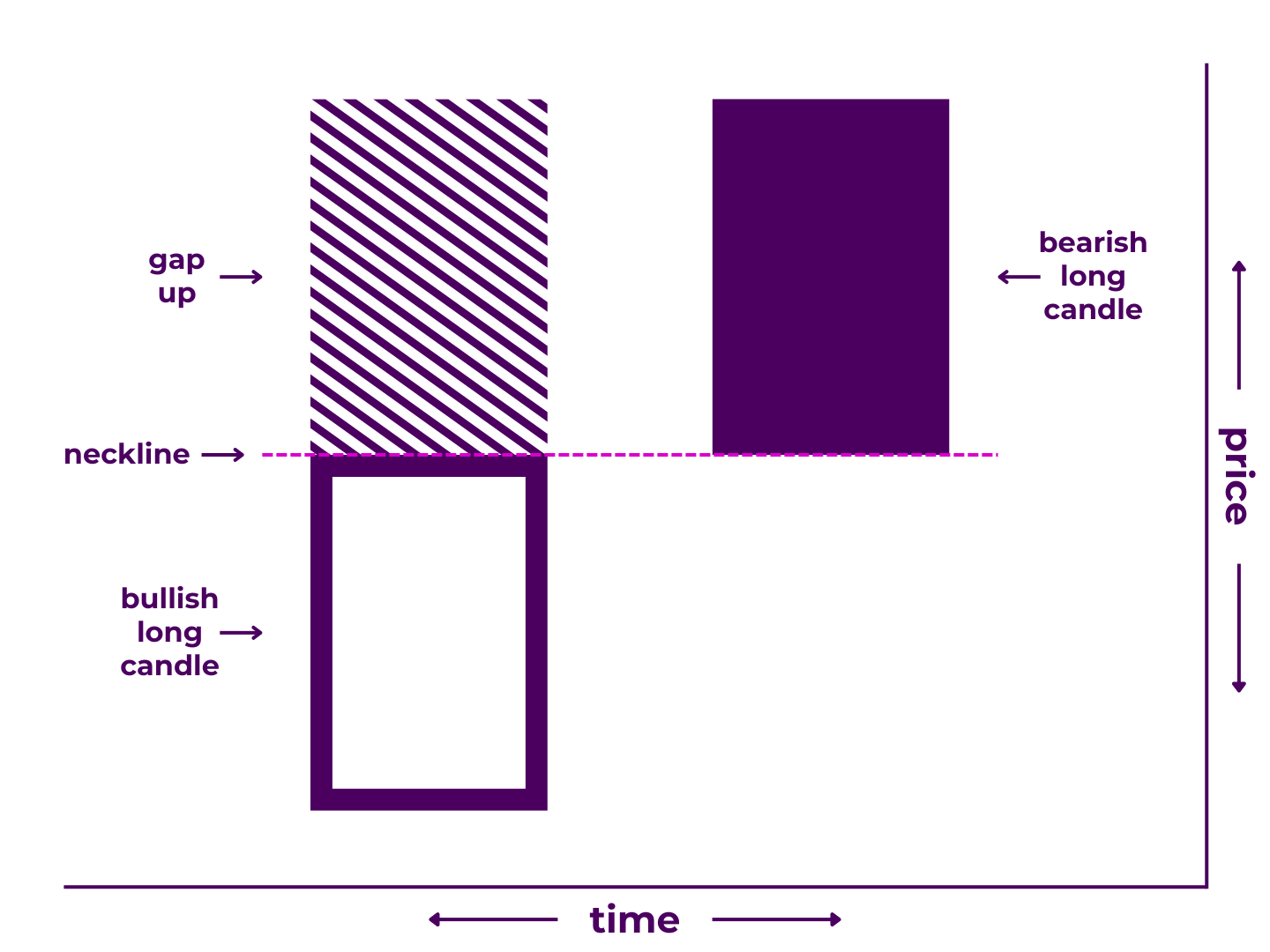
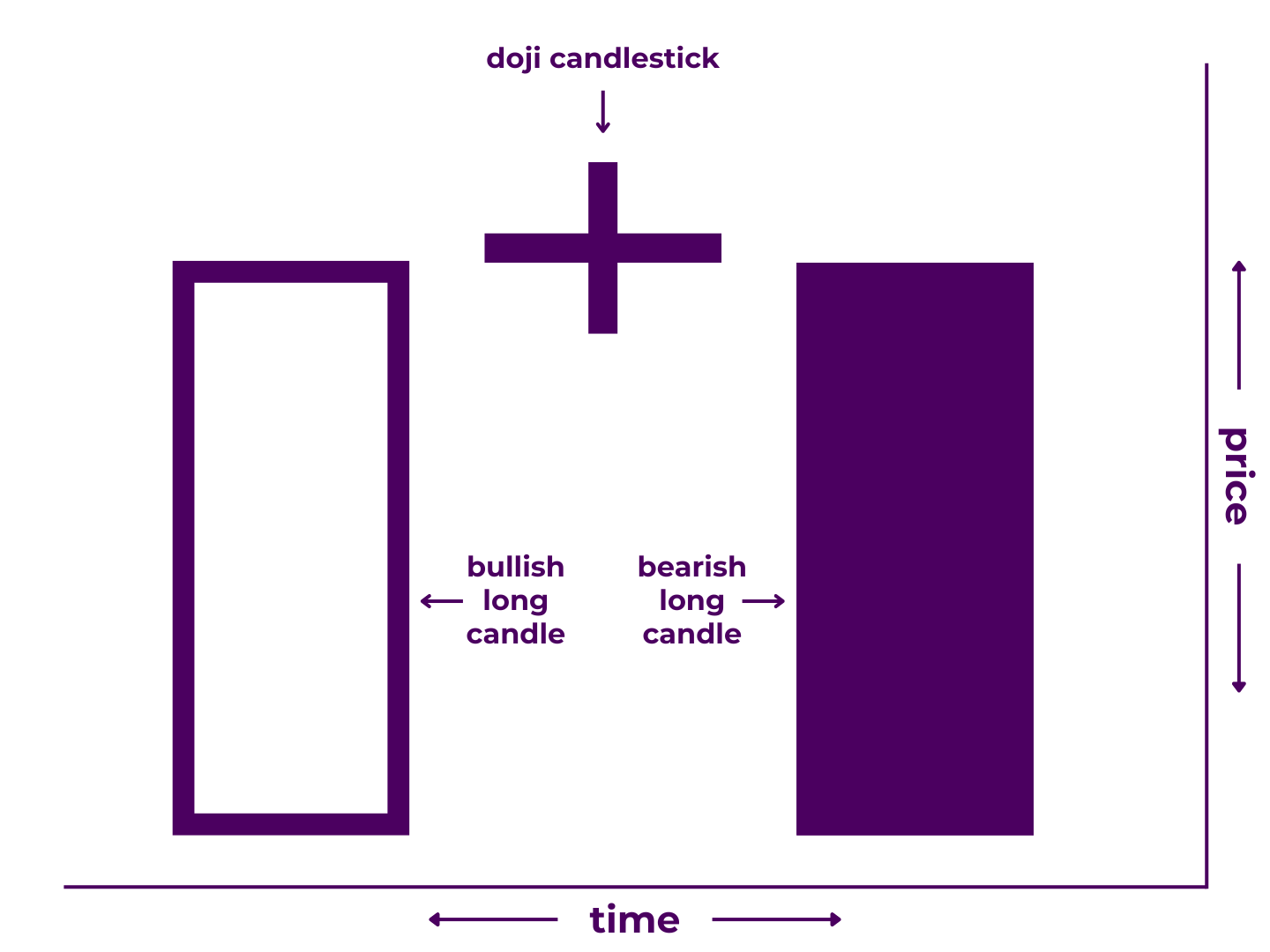
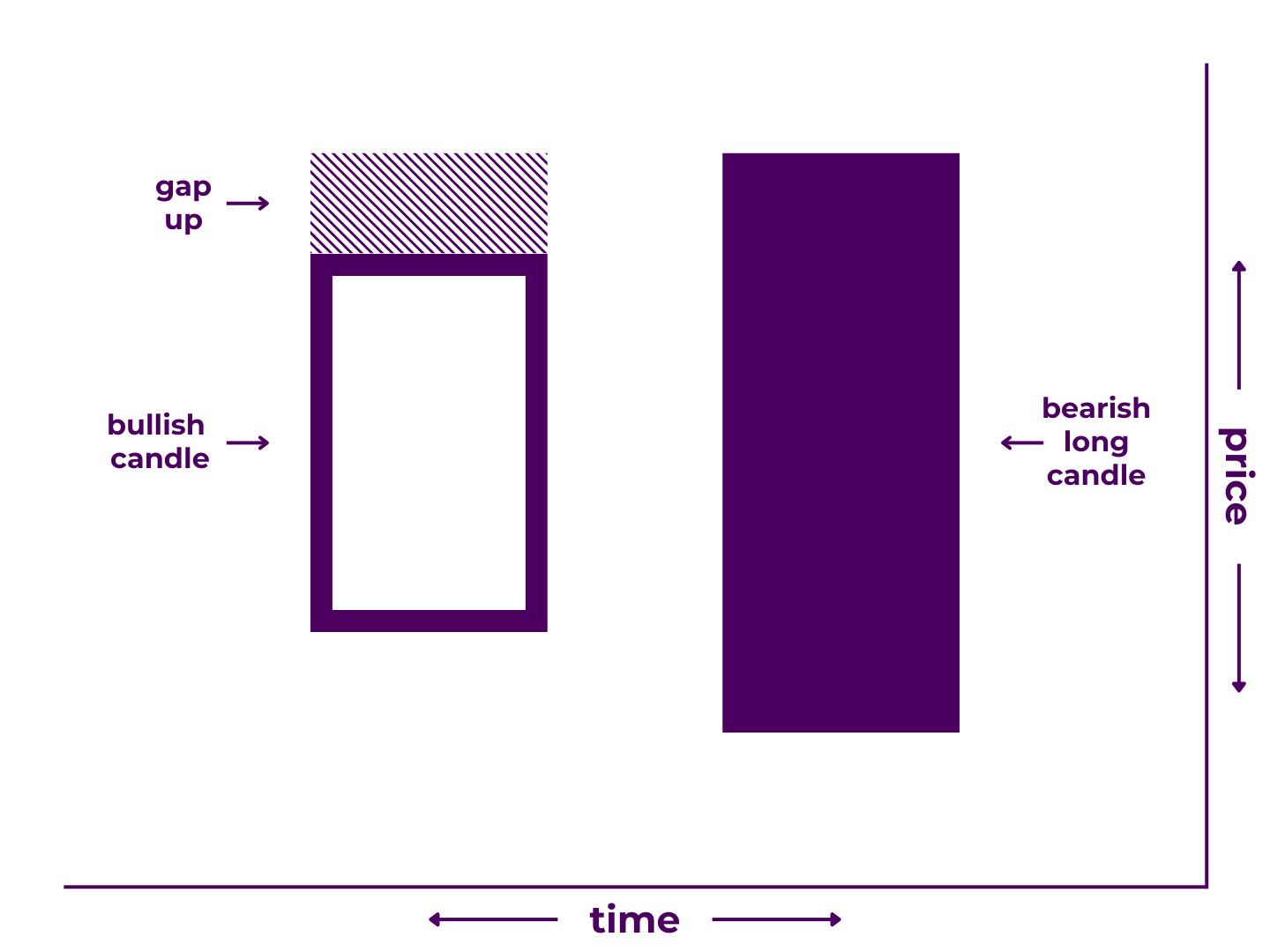
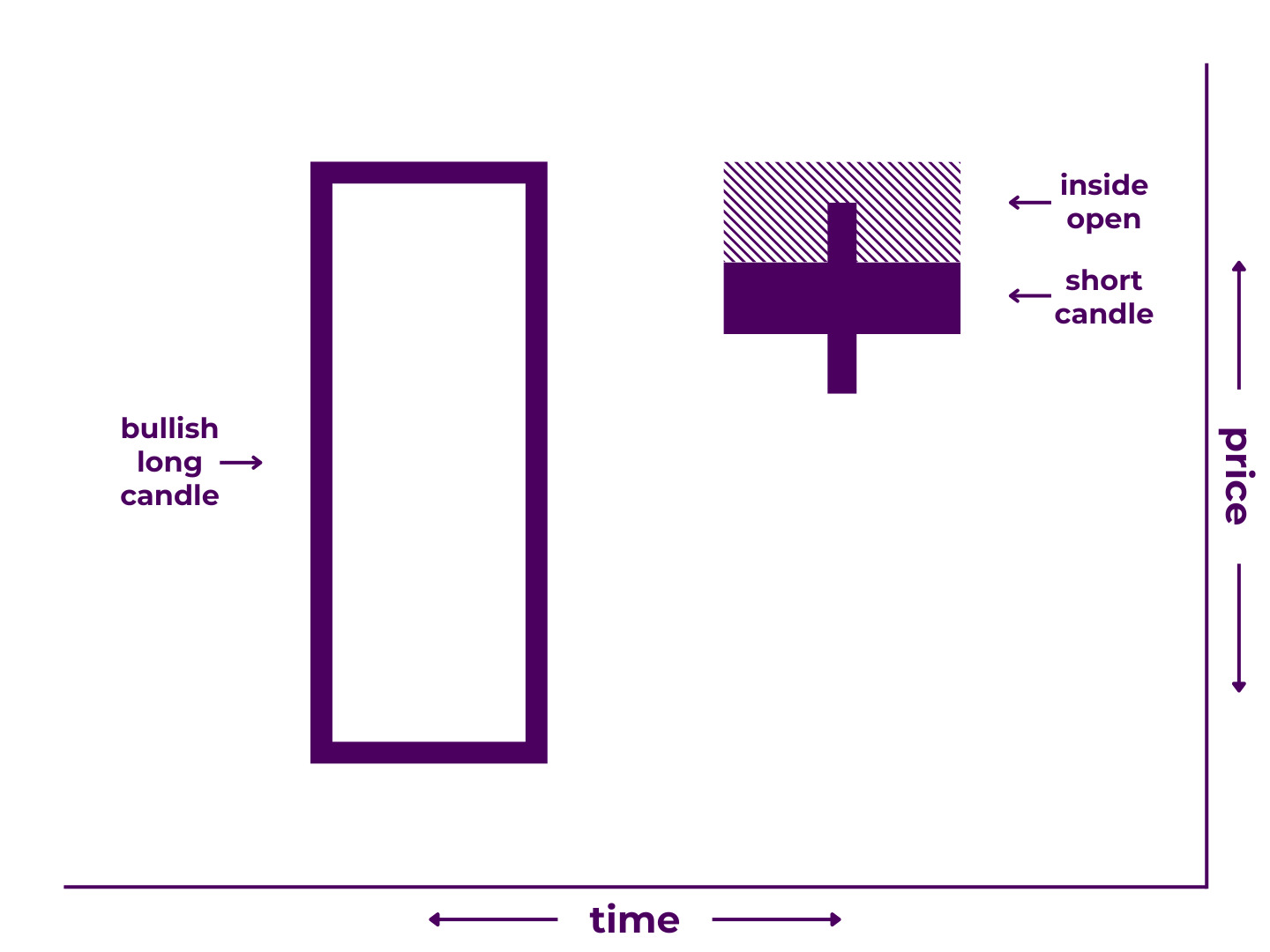
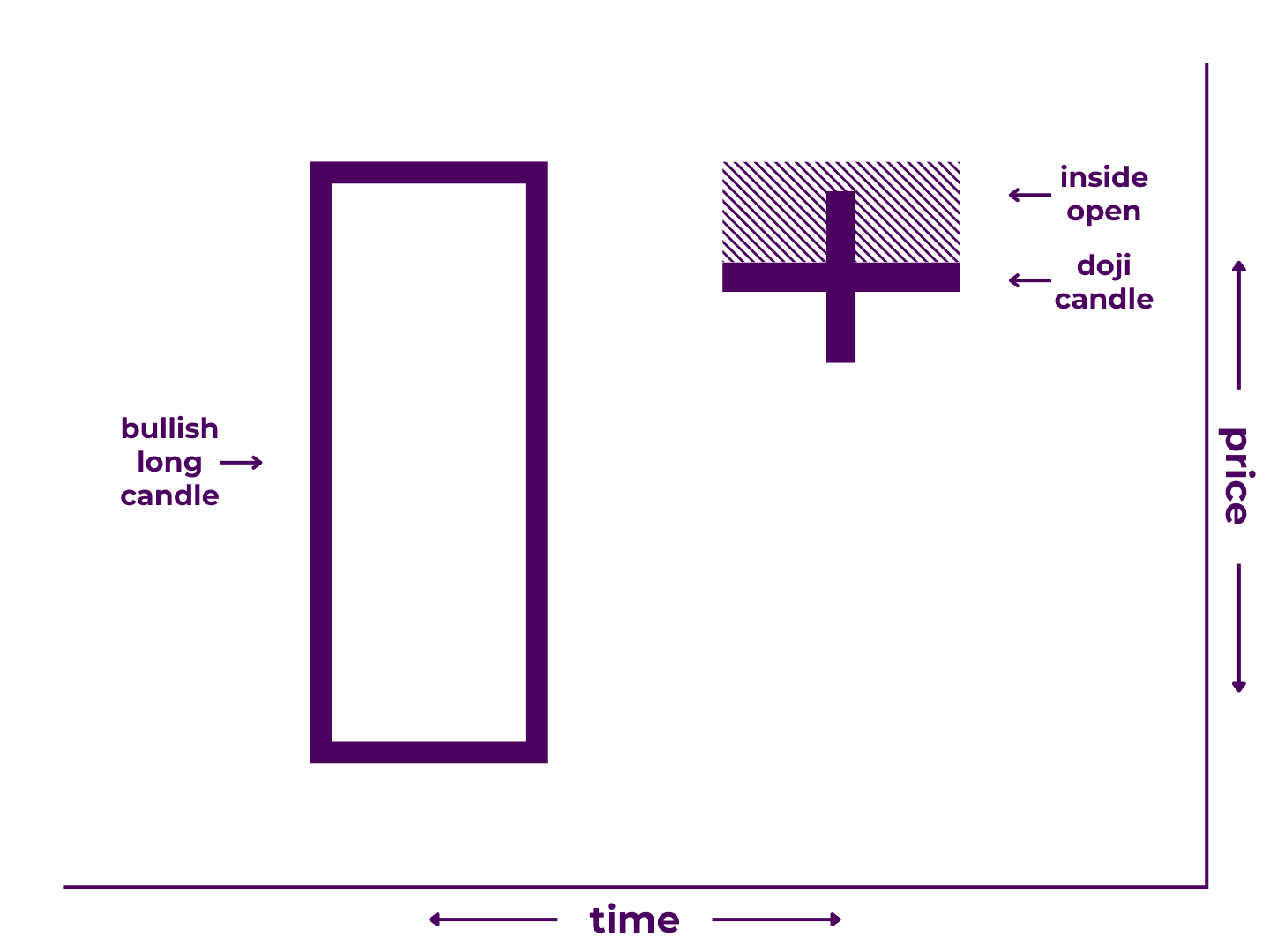
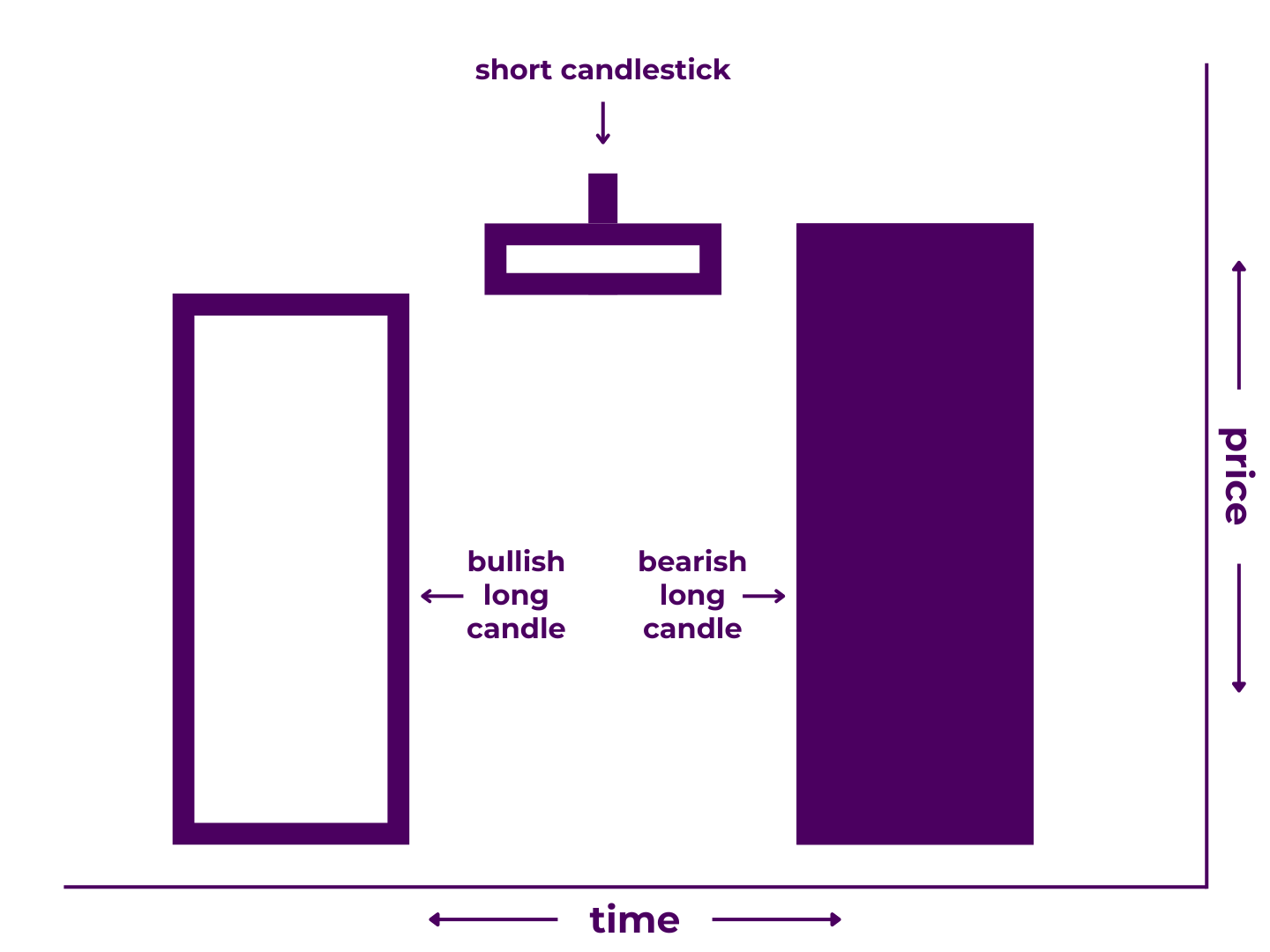
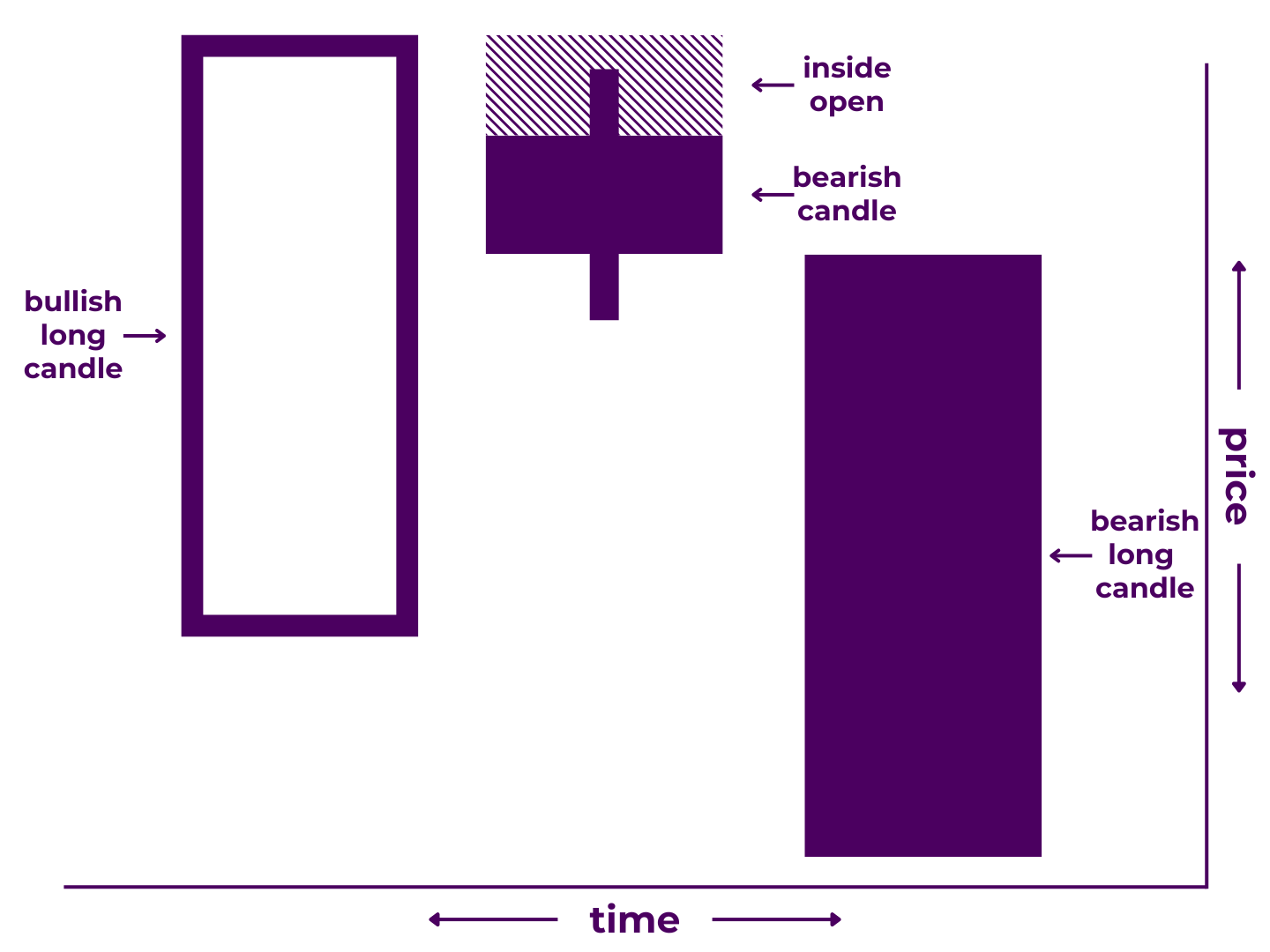
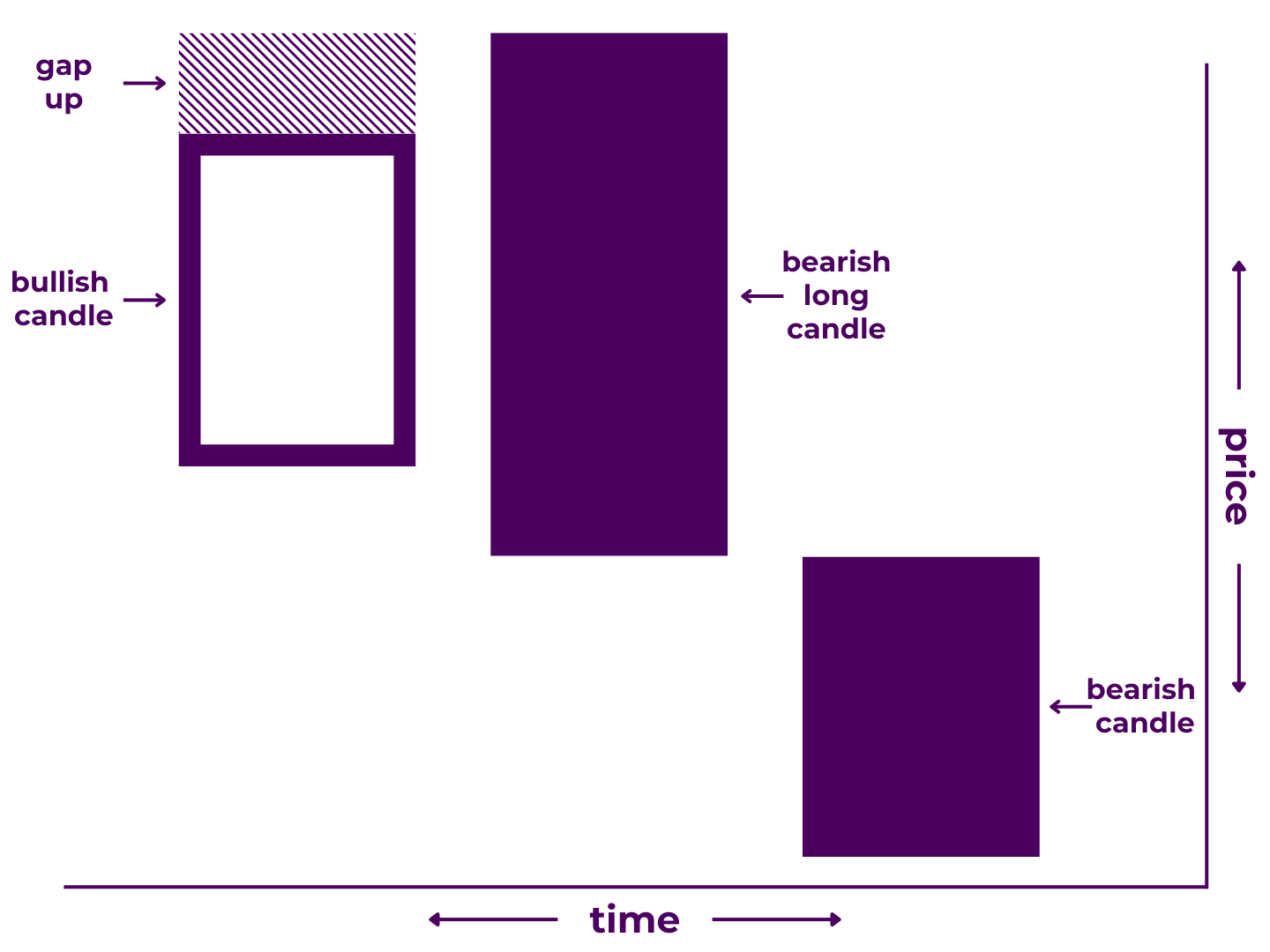
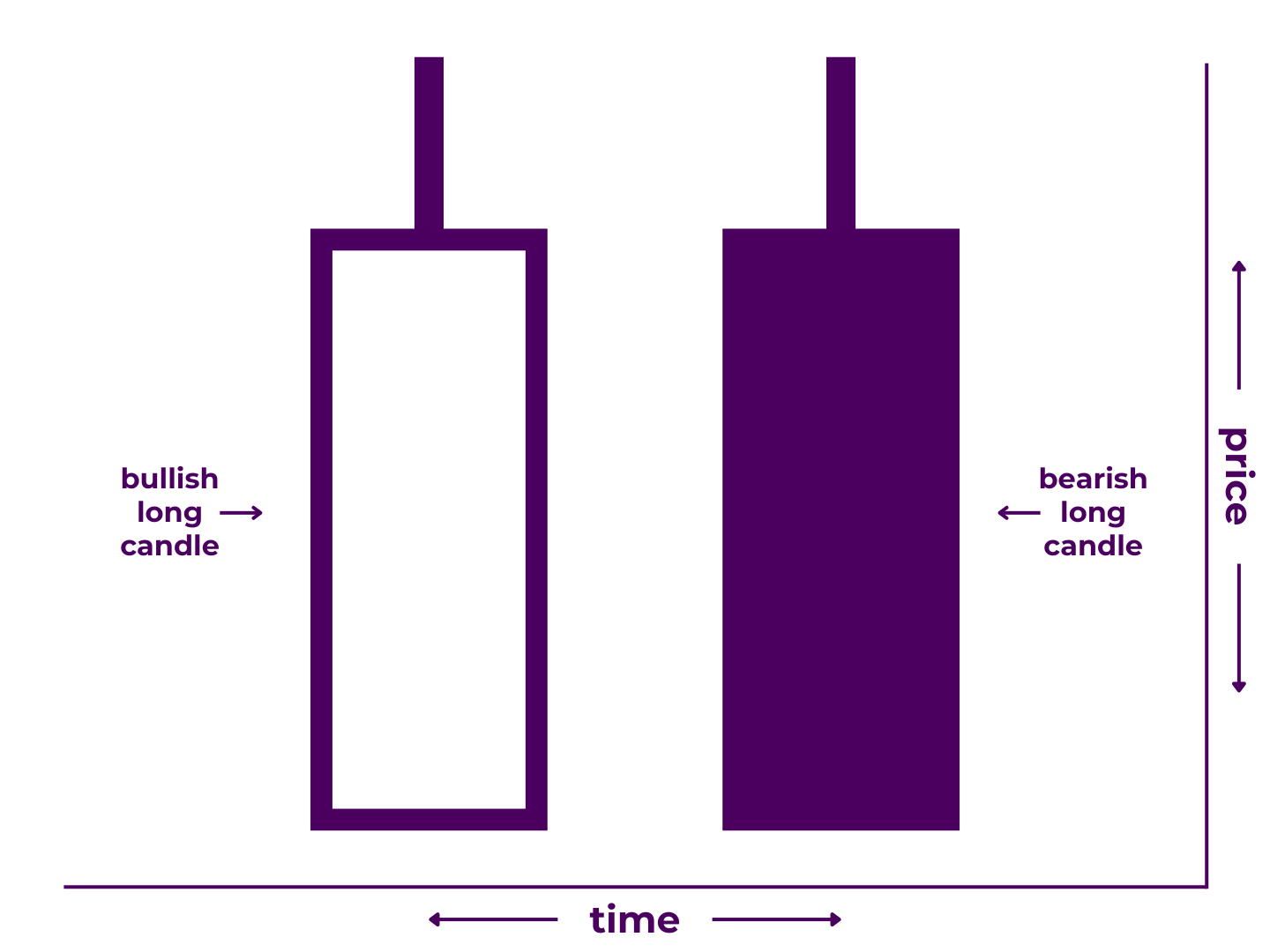
0 Comments